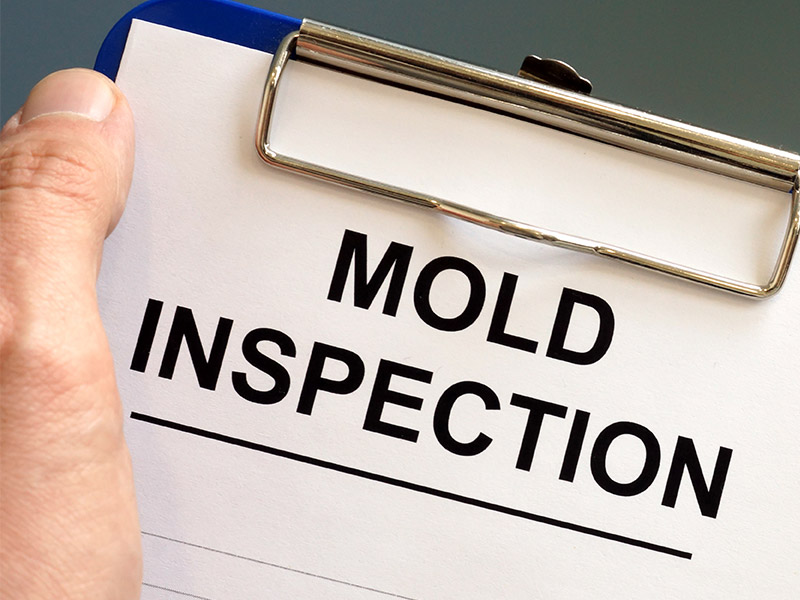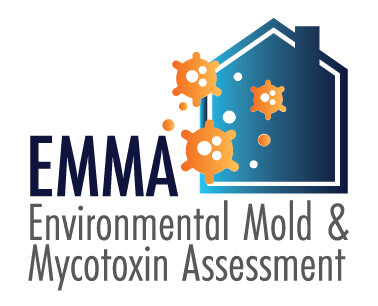Ensuring Conformity With Laws: the Function of Mycotoxin Checking in Quality Assurance
Making certain conformity with rigorous policies is extremely important for keeping food security, and the role of mycotoxin testing in high quality control can not be overstated. Mycotoxins, harmful substances produced by specific molds, pose considerable health and wellness risks, making their discovery crucial in food manufacturing. Adherence to regulatory criteria, such as those established by the FDA and EU, requires durable testing methods and technologies to determine and quantify these contaminants. By applying detailed screening procedures, business can prevent potential health situations, prevent pricey recalls, and preserve customer depend on. Nonetheless, the complexities of these screening processes raise crucial inquiries regarding their efficiency and effectiveness.
Comprehending Mycotoxins
Recognizing mycotoxins is fundamental to making certain the high quality and safety of agricultural items. The most notorious mycotoxins consist of aflatoxins, fumonisins, ochratoxins, and trichothecenes, each connected with certain fungal types and environmental problems.
The existence of mycotoxins in food products can lead to acute and chronic health and wellness concerns, including liver damages, immune reductions, and cancer causing impacts. By understanding the resources, types, and effects of mycotoxins, stakeholders in the farming field can better implement preventative steps and minimize risks, guaranteeing more secure consumption for end-users.
Regulatory Specifications for Mycotoxins
Having developed a foundational understanding of mycotoxins and their influence on food safety and security, it is crucial to review the regulatory standards governing their existence in farming items. Governing criteria for mycotoxins are important because they define allowable restrictions, ensuring food safety and security and securing public health and wellness. Different international and nationwide firms have actually set these limitations based upon extensive threat evaluations.
The Codex Alimentarius Compensation, a global body established by the FAO and WHO, offers standards and maximum allowable levels for different mycotoxins in food and feed. The Codex has actually set limitations for aflatoxins in peanuts, maize, and dried out figs, among other assets. These criteria are usually embraced or adapted by private nations to fit their specific requirements.
In the European Union, Regulation (EC) No 1881/2006 specifies optimum degrees for a number of mycotoxins, such as aflatoxins, ochratoxin A, and deoxynivalenol, in various food products. In a similar way, the U.S. Food and Medicine Management (FDA) has actually established activity degrees for mycotoxins like aflatoxins in assets such as nuts and grains.
Adherence to these regulatory standards is critical for preserving market accessibility, consumer count on, and public wellness. Non-compliance can lead to substantial financial losses and health and wellness dangers, emphasizing the relevance of stringent mycotoxin screening methods.
Testing Approaches and Technologies

ELISA is widely appreciated for its cost-efficient and fast screening capacities, making it optimal for high-throughput atmospheres. It relies upon antibodies to find certain mycotoxins, supplying lead to a fairly brief time frame. Nevertheless, its level of sensitivity might be limited contrasted to more advanced strategies.
HPLC, on the other hand, excels in providing measurable analysis with high precision and precision. It divides complex blends right into specific components, making it highly reliable for determining and measuring several mycotoxins simultaneously - Mycotoxin dig this testing Services. This technique, while more resource-intensive and taxing than ELISA, provides a greater degree of dependability

LC-MS stands for the peak of analytical uniqueness and level of sensitivity. Combining the splitting up power of fluid chromatography with the detection capabilities of mass spectrometry, LC-MS can identify even trace levels of mycotoxins. This technique is crucial for validating the visibility of mycotoxins in governing and forensic contexts, guaranteeing compliance with rigorous safety and security criteria.
Executing Examining Methods

Incorporating these sophisticated screening approaches into a detailed quality control structure demands a well-structured method to applying screening procedures. To achieve this, organizations have to first conduct a comprehensive risk assessment to identify prospective mycotoxin contamination points within the supply chain. This evaluation informs the advancement of a tailored screening approach that addresses details susceptabilities.
Following, establishing standard sampling treatments is critical. Constant tasting guarantees that examination outcomes are dependable and agent of the entire set (Mycotoxin testing Services). Sticking to standards from governing bodies, such as the FDA or EFSA, aids preserve conformity and boosts the integrity of the screening process
Educating workers is one more pivotal part. Team should be proficient in both example collection and the procedure of screening devices. Routine training sessions and accreditation programs can guarantee that employee remain updated with the most recent strategies and regulative adjustments.
Benefits of Mycotoxin Evaluating
Mycotoxin screening uses many advantages that significantly enhance the safety and security and quality of food and feed items. Largely, it works as a crucial control procedure to avoid polluted goods from reaching the customer market, therefore safeguarding public health and wellness. By determining and quantifying mycotoxins such as aflatoxins, fumonisins, and ochratoxins, manufacturers can make sure that their products meet rigorous regulatory criteria, therefore staying clear of possible legal repercussions and linked costs.
Furthermore, mycotoxin testing contributes to the economic stability of food and feed markets by reducing the danger of massive item recalls. The capacity to find and isolate the original source contaminated batches early in the manufacturing process lowers waste and stops the monetary losses associated with broken brand credibility. In addition, it fosters consumer trust and loyalty, as consumers are significantly familiar with food safety problems and demand better criteria.
The application of regular mycotoxin screening also promotes best see this page practices within agricultural and production markets. By sticking to extensive screening protocols, business can optimize their high quality control procedures, enhance functional efficiency, and guarantee the regular manufacturing of risk-free, top quality products. In conclusion, the advantages of mycotoxin testing are multifaceted, adding to public wellness, financial security, and market stability.
Verdict
Mycotoxin screening is vital in guaranteeing conformity with governing standards, consequently preserving food safety and quality assurance. By systematically finding dangerous mycotoxins, this practice helps reduce health and wellness dangers, avoid legal repercussions, and prevent financial losses associated with item recalls. Executing robust screening protocols cultivates customer trust fund and self-confidence in food safety practices, eventually sustaining the honesty and credibility of food services. Therefore, mycotoxin testing remains an important component of modern-day food safety and security management systems.
Making certain compliance with rigorous policies is paramount for keeping food safety and security, and the role of mycotoxin screening in high quality control can not be overstated.In the realm of mycotoxin screening, progressed technologies and methods are critical in making certain food safety and regulatory compliance.Mycotoxin testing supplies numerous benefits that substantially enhance the safety and top quality of food and feed products.Mycotoxin screening is critical in ensuring conformity with governing requirements, thereby maintaining food security and quality control. Thus, mycotoxin screening continues to be a crucial component of contemporary food safety and security management systems.